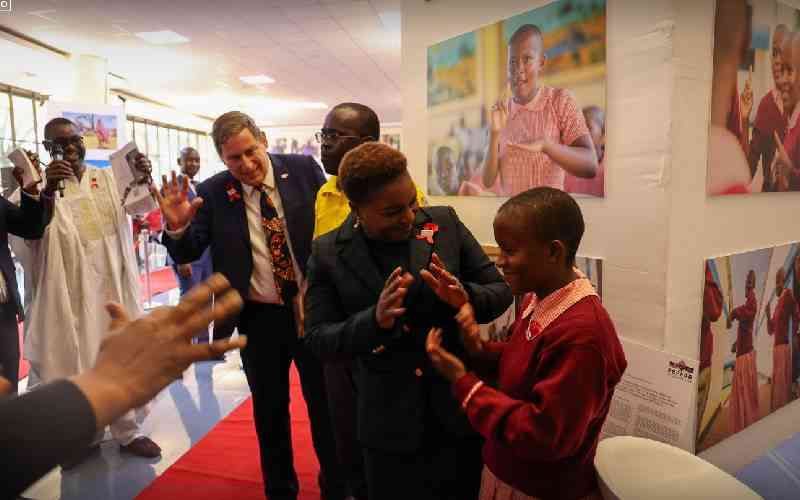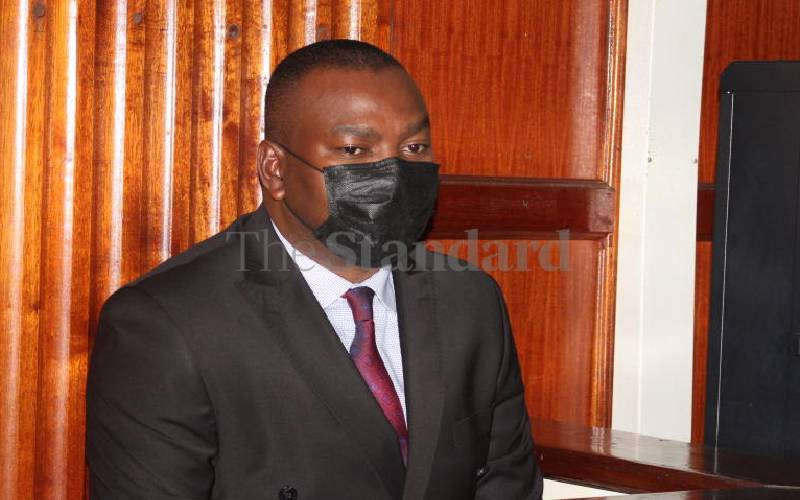Sometime in September last year, the government through the Ministry of Health, launched the National Adolescent Sexual and Reproductive Health Policy 2015. At the launch, then Health CS James Macharia declared his ministry, together with that of Education, was working to ensure age-appropriate comprehensive sexuality education is implemented in all schools.
The idea behind the move, according to the CS, was “to empower young people with appropriate information and skills to help them make informed choices about their sexuality.” What many have missed in that objective is just how carefully crafted it was. Each of those words is loaded with meaning and pregnant with intention. Indeed, it is only in recognising that this is part of a major international initiative that the import of the CS’s declaration begins to sink.
Generally known as the Comprehensive Sexuality Education (CSE), the initiative announced by Macharia is a controversial movement of major players, including UNESCO, UNFPA, International Planned Parenthood Federation (IPPF), and many other NGOs. On the face of it, the initiative is driven by the noble desire to help young people, especially teenagers, to deal with matters of sexuality that expose them to dangers such as HIV, unplanned and unwanted pregnancies, and illicit abortions. However, some have considered this a mere façade that aims to camouflage a possibly more insidious agenda.
The concern by many is that, where CSE has been introduced, young people (ages 5-18) are being taken through various levels of explicit sexual information, complete with practical skills. Furthermore, they are trained to make independent decisions – independent of any adults or parents – about what they do with their sexuality. Such decisions include if and when they have sex, with who, how they do it, and what contraceptives they use. It also includes the independent choice to procure abortion in case of pregnancy. Indeed, according to IPPF, CSE is rights-based and is designed to equip young people to make autonomous, informed decisions.
What raises even more eyebrows is that there does not seem to be a unified objective on the need for CSE.
In a UNESCO paper on scaling-up CSE, the researchers inadvertently reveal the rationale used to introduce and run the program in some six nations. In Finland, it is run as a youth development, and better citizenship program.
In Kenya, it is known as Primary School Action for Better Health (PSABH) and was apparently introduced to deal with HIV and Aids. In Nigeria, it is known as Family Life and HIV Education (FLHE) and was similarly introduced to curb the incidence of HIV. The same is Mema Kwa Vijana (MKV) in Tanzania. The TeenPath, as it is known in Thailand, aims to deal with HIV and unintended pregnancy. But in Uruguay, the programme is aimed at youth development, citizenship, gender, and adolescent health. The implication is that in every nation, a critical social or health factor is identified as an entry point. It is incubated under the same and scaled up with time. For example, the PSABH was initially piloted in Nyanza and then geographically up scaled to national coverage using Ministry of Education infrastructure. It is now appears ready for up-scaling in depth and scope, and hence the need for the joint efforts between the ministries of Health and of Education. There is no doubt that CSE is causing a major uproar across the globe. Many parents and family organisations have argued that, unlike traditional sex education, comprehensive sexuality education is highly explicit. It promotes promiscuity and high-risk sexual behaviors to children as being healthy and normal. They argue that CSE programmes have an almost obsessive focus on teaching children how to obtain sexual pleasure in various ways.
On the matter of rights, CSE presents children as naturally sexual from birth, therefore any restrictions on their sexual expression or sexual activity violates their sexual rights. Furthermore, children have the right to experiment with diverse sexual identities and orientations and the behaviors associated with them in order to develop a healthy sexuality. It is clear therefore that there is a need for better dialogue on this matter before the government can fully implement CSE in schools. Thankfully, Dr Fred Matiangi, the Education CS, has proved to be unafraid of confronting controversial and hard-nut challenges wherever he has served. As a family man, therefore, this is a matter that he should critically interrogate before we are led to Sodom and swallowed by Gomorrah.
 The Standard Group Plc is a
multi-media organization with investments in media platforms spanning newspaper
print operations, television, radio broadcasting, digital and online services. The
Standard Group is recognized as a leading multi-media house in Kenya with a key
influence in matters of national and international interest.
The Standard Group Plc is a
multi-media organization with investments in media platforms spanning newspaper
print operations, television, radio broadcasting, digital and online services. The
Standard Group is recognized as a leading multi-media house in Kenya with a key
influence in matters of national and international interest.
 The Standard Group Plc is a
multi-media organization with investments in media platforms spanning newspaper
print operations, television, radio broadcasting, digital and online services. The
Standard Group is recognized as a leading multi-media house in Kenya with a key
influence in matters of national and international interest.
The Standard Group Plc is a
multi-media organization with investments in media platforms spanning newspaper
print operations, television, radio broadcasting, digital and online services. The
Standard Group is recognized as a leading multi-media house in Kenya with a key
influence in matters of national and international interest.






